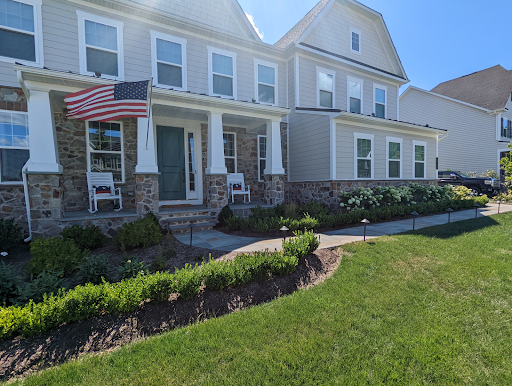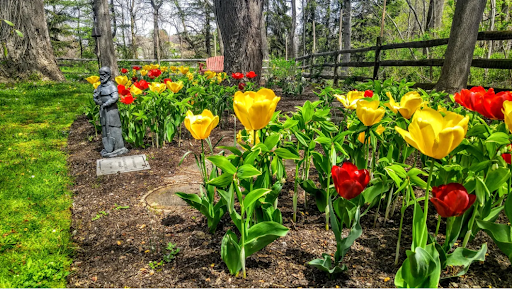The Three-Year Rule: Understanding the Journey of Your New Landscape Planting
In the world of landscape design and gardening, there's a well-known saying that goes, "The first year they weep, the second year they creep, and the third year they leap." This axiom beautifully encapsulates the life cycle of a newly planted landscape. For the uninitiated, this may sound like an enigmatic nursery rhyme, but understanding its truth can fundamentally transform one's expectations and care routines for new plants.
As the owner of Brandywine Designs LLC, a landscape design, build, and outdoor living firm, I've witnessed the validity of this botanical adage numerous times. Let's delve into what it actually means and why a new landscape planting takes a full three years to establish itself in its new environment fully.
Year One: The Weeping
Contrary to what some might think, the "weeping" in the first year does not refer to the potential tears of the gardener due to underwhelming growth. Rather, it signifies a new plant's challenges and adjustments when transplanted into an unfamiliar environment. This is the year of establishment and survival.
Plants, like all living organisms, need time to acclimate to new conditions. During the first year, a plant's focus is on growing its root system. It's busy reaching into the soil for water and nutrients. Consequently, there's often less above-ground growth than one might expect as the plant devotes its energy to below-ground expansion. It's a stressful period for the plant; hence the term "weeping."
Year Two: The Creeping
In the second year, the saying goes, "They creep." The plant is now more established in its new home. It has spent a year building a robust root system, and it can now focus more on above-ground growth.
However, don't expect a plant to burst forth in full glory just yet. The growth during this year is typically slow and steady—hence the term "creeping." It's during this phase that the plant's energy is divided between continuing to expand its roots and producing new shoots, leaves, and perhaps some flowers.
Year Three: The Leaping
After two years of careful cultivation, patience pays off in the third year. The plant, now well-adjusted to its new environment, will "leap." This is when the plant's growth becomes much more noticeable and starts to resemble the lush, mature specimen you envisioned when you first planted it.
With a substantial root system in place, the plant now has a stable foundation to support more vigorous growth above the ground. You will see a significant increase in the size and the overall health of the plant. It's the reward for the patience and care you've invested over the past two years.
The Importance of Patience in Gardening
Understanding this three-year rule is crucial to fostering realistic expectations about your new landscape. It reminds us that gardening, in essence, is an exercise in patience and nurturing. Rather than being disheartened by the seemingly slow progress, one should appreciate the gradual yet promising development of the new plants.
Caring for a new landscape planting is not just about enjoying its beauty. It's about the gratification that comes from nurturing life, from witnessing the magic of nature unfold and understanding that, much like our own life's journey, the most beautiful growth often takes time.
At Brandywine Designs LLC, we believe in this journey’s power and are committed to guiding our clients through the enchanting world of landscape design. Check out our Landscape and Horticulture page, our portfolio for design tips, or contact us with any questions! So the next time you plant, remember to offer your garden the gift of time. Trust in the process of weeping, creeping, and leaping, and you’ll be rewarded with a lush, thriving landscape.



